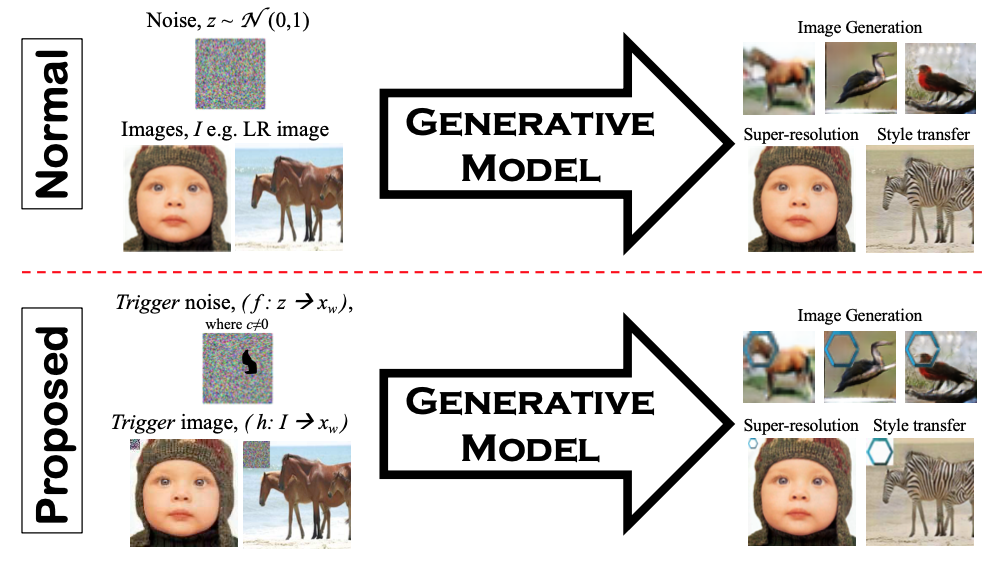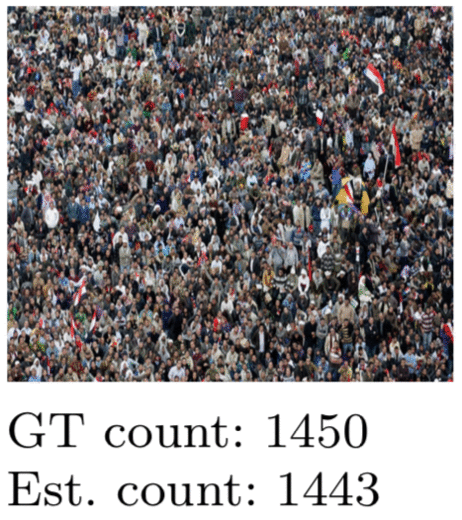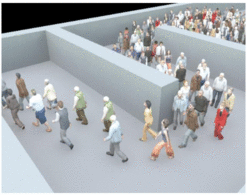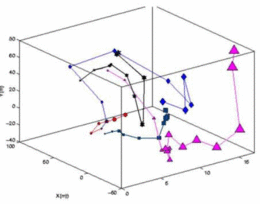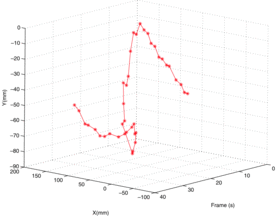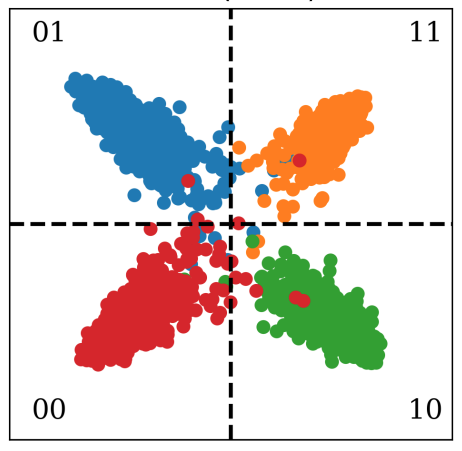
This paper proposes Similarity Distribution Calibration (SDC) method to align the hash code similarity distribution towards a calibration distribution (e.g., beta distribution) with sufficient spread across the entire similarity range, in order to alleviate the similarity collapse problem.
pdf slide code







